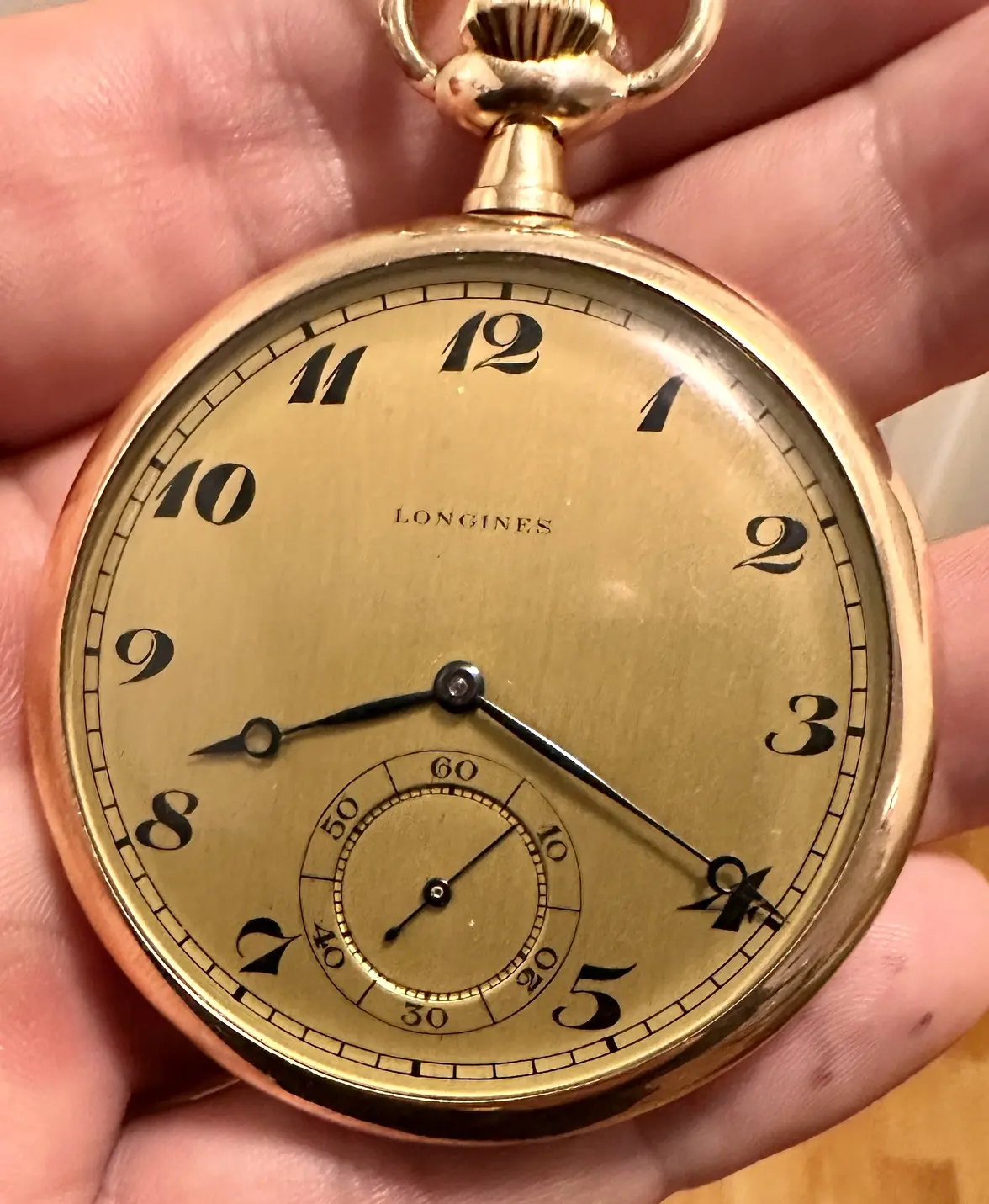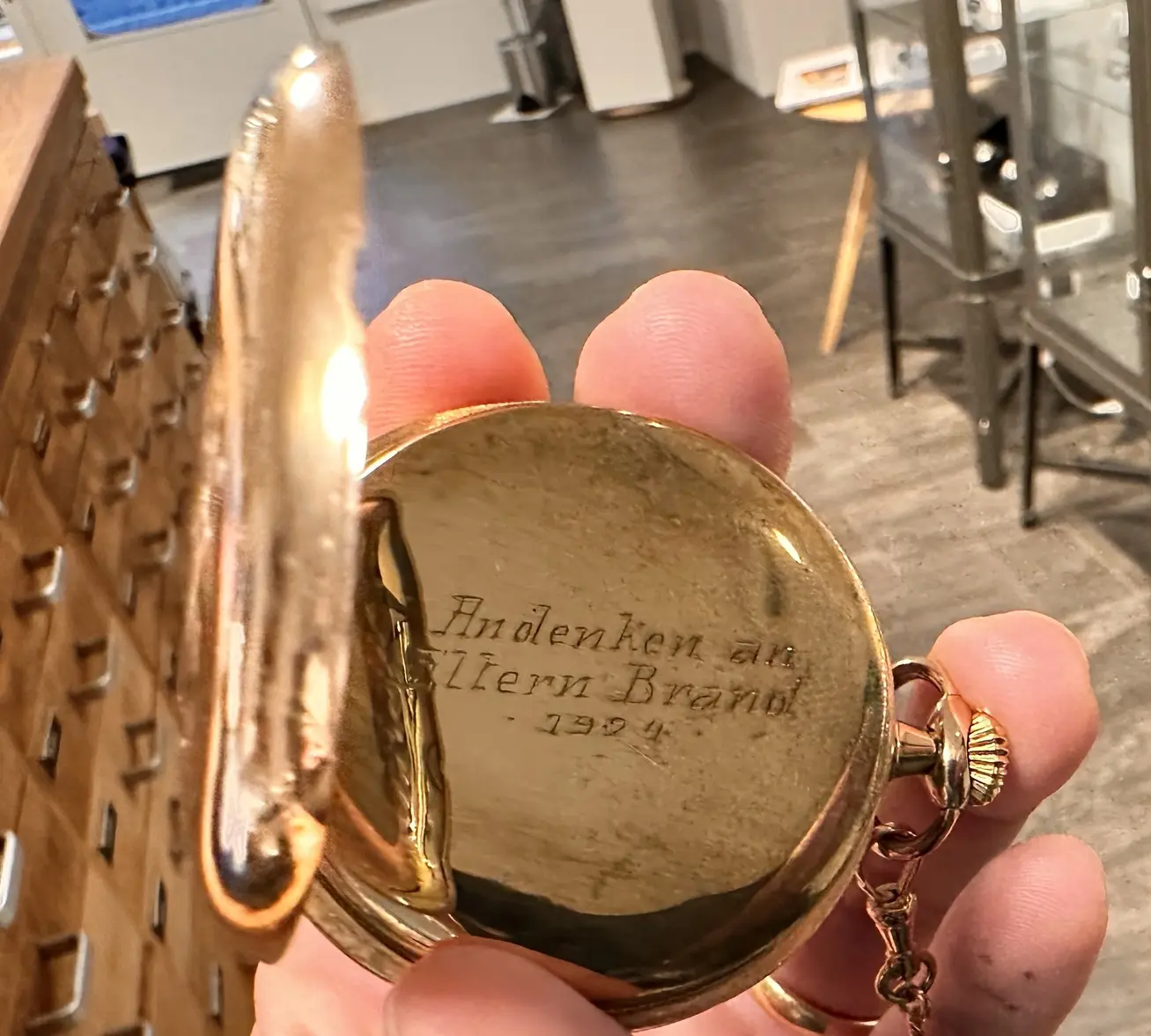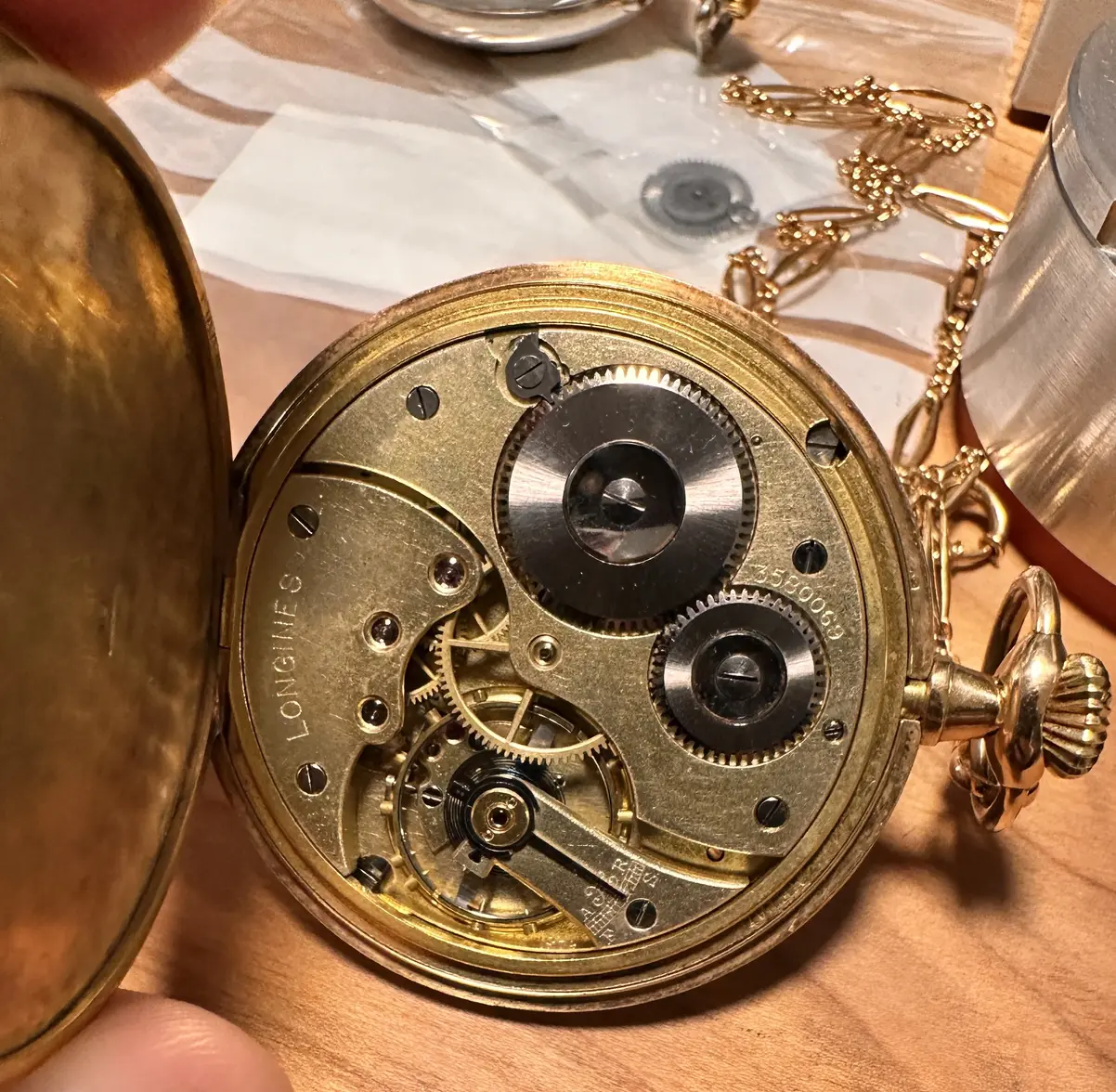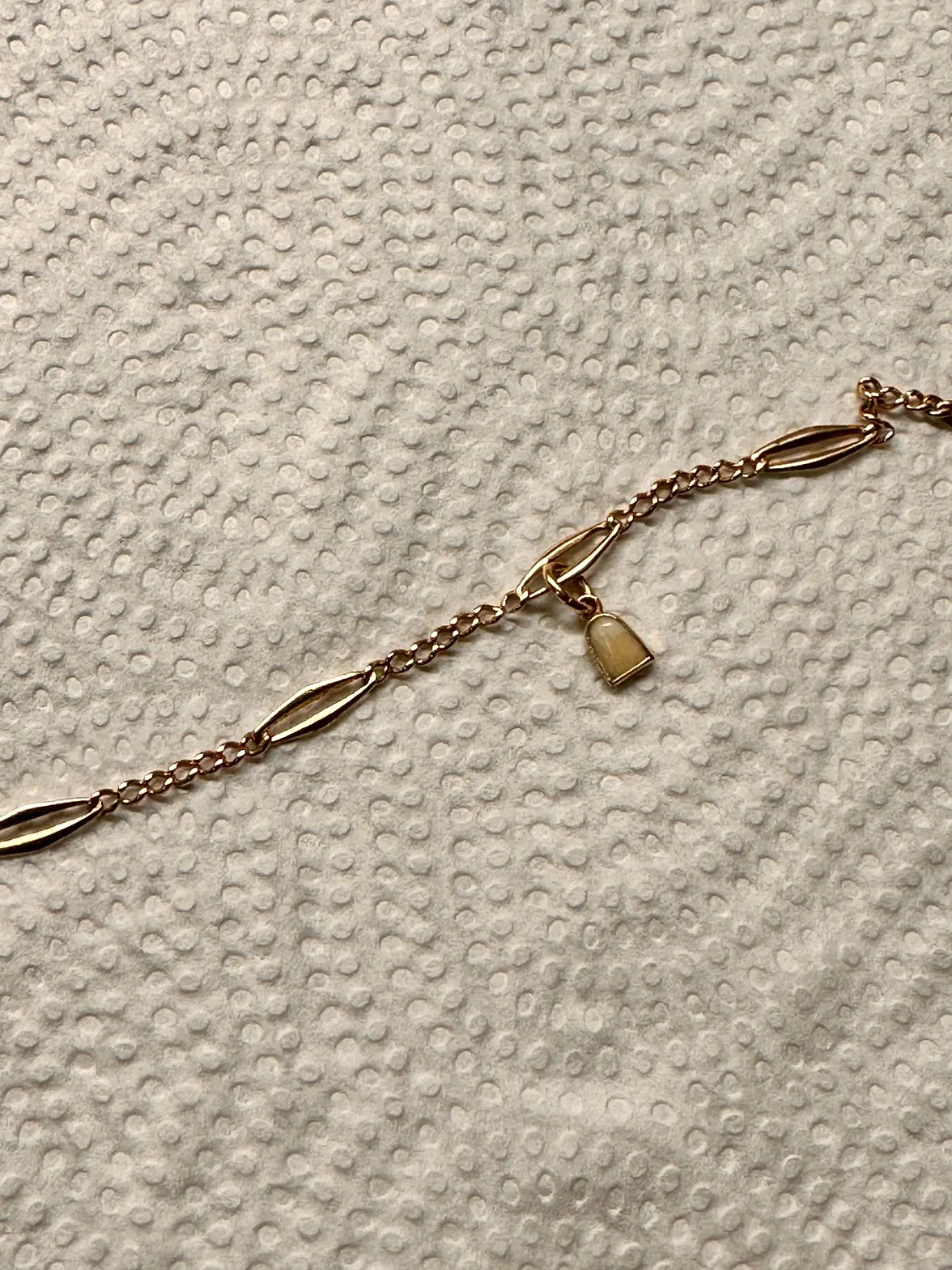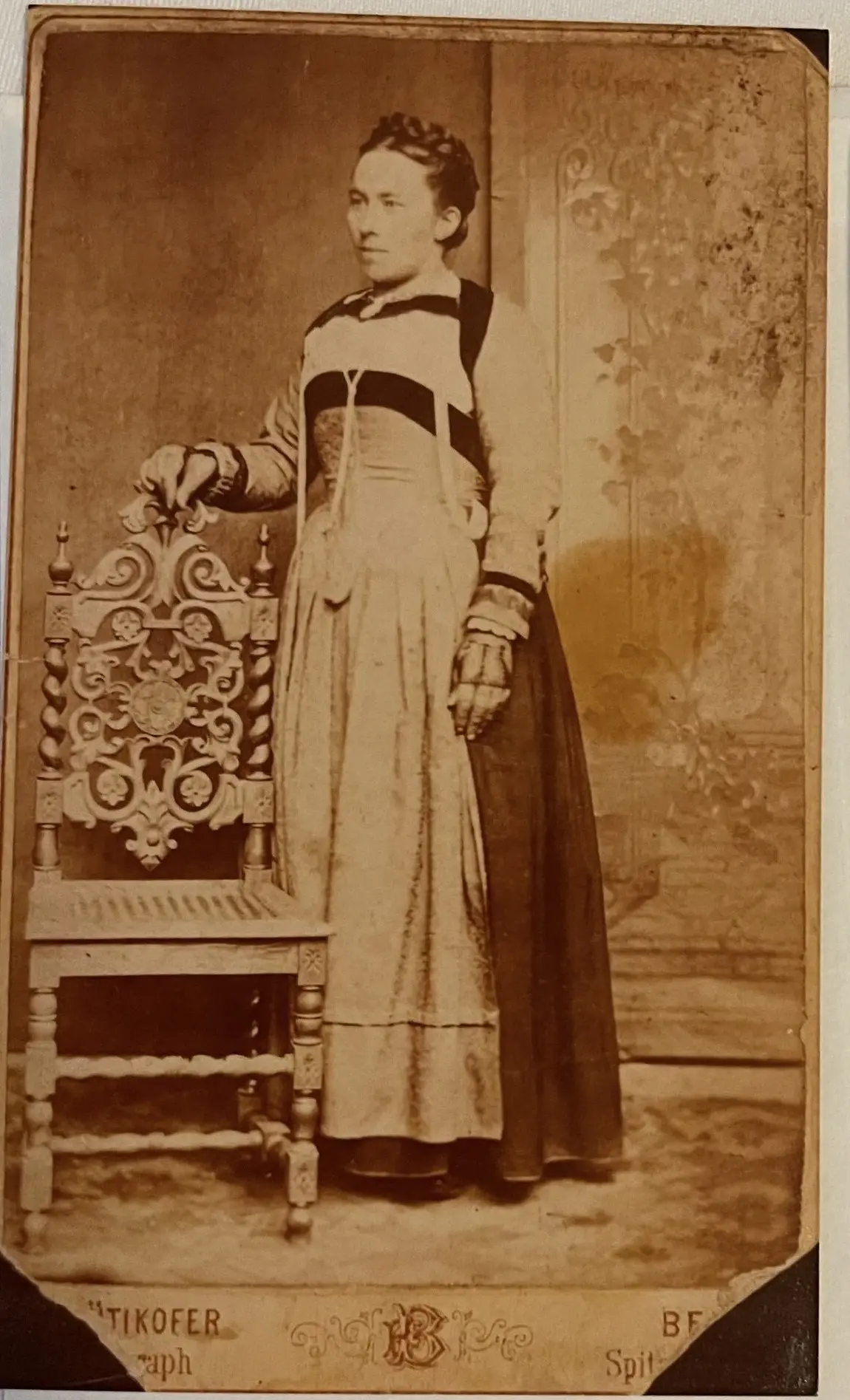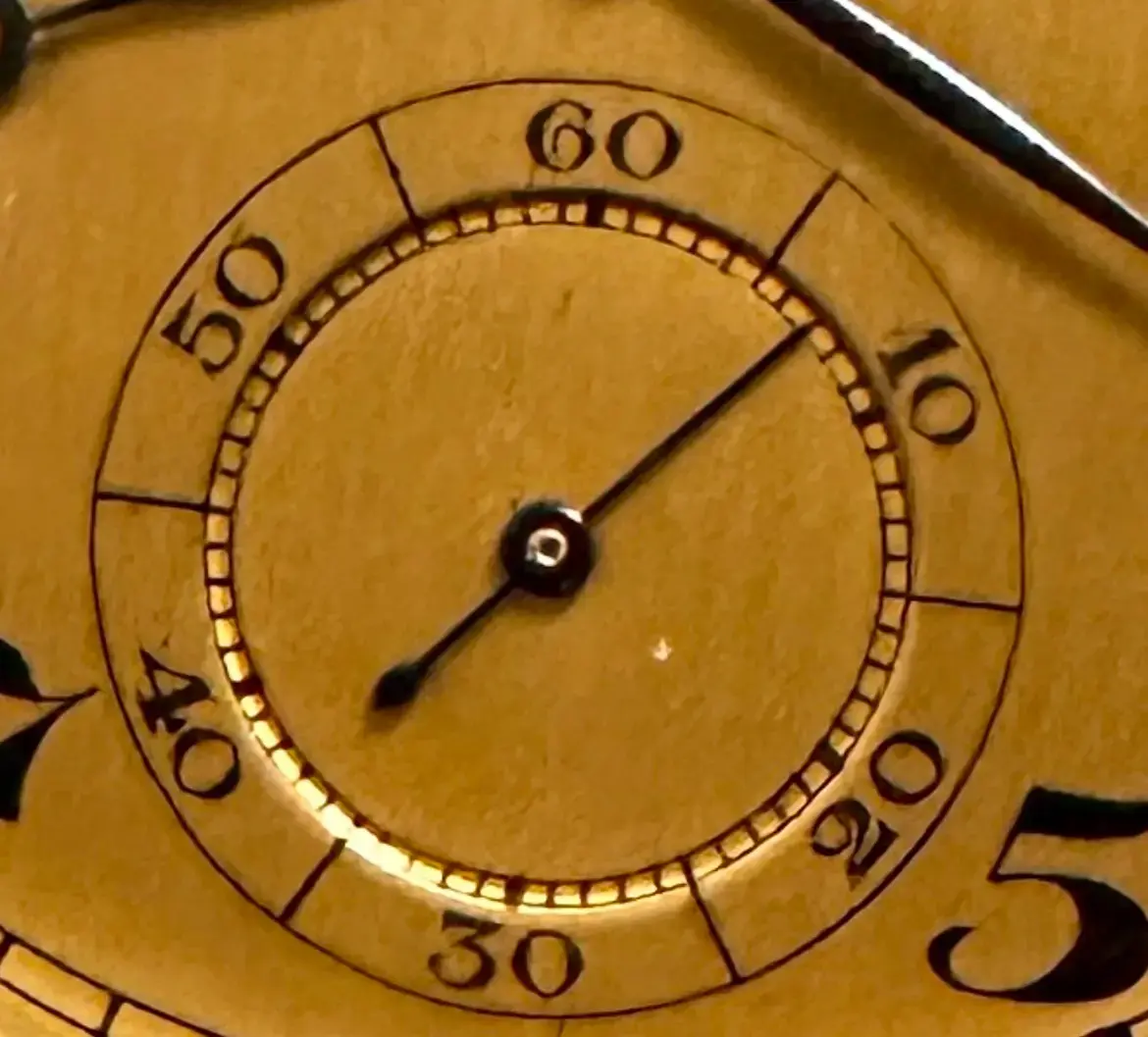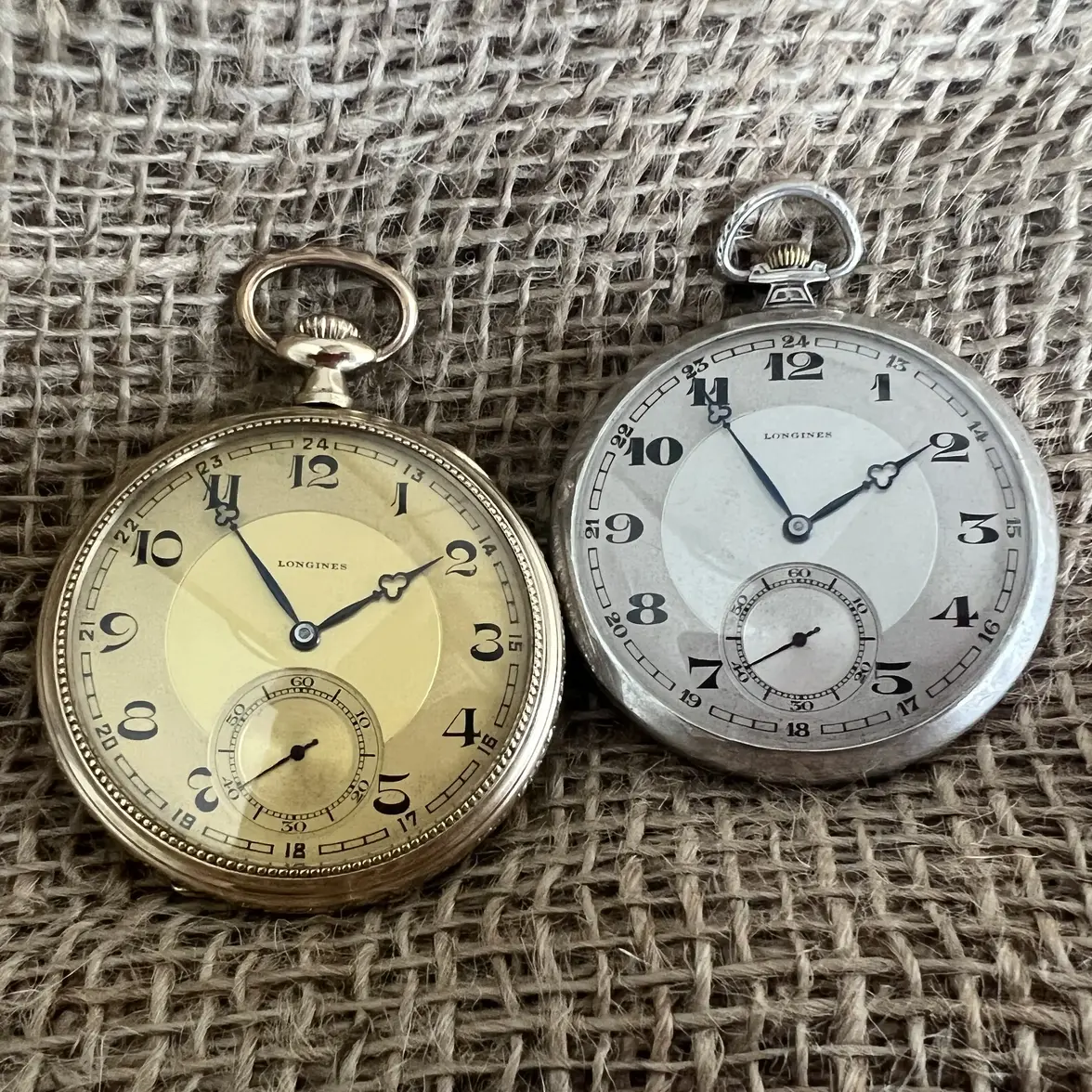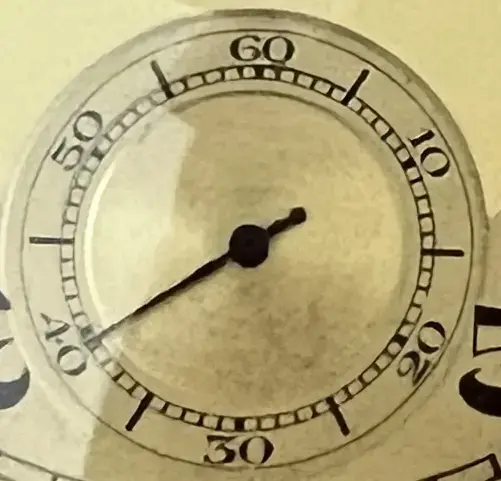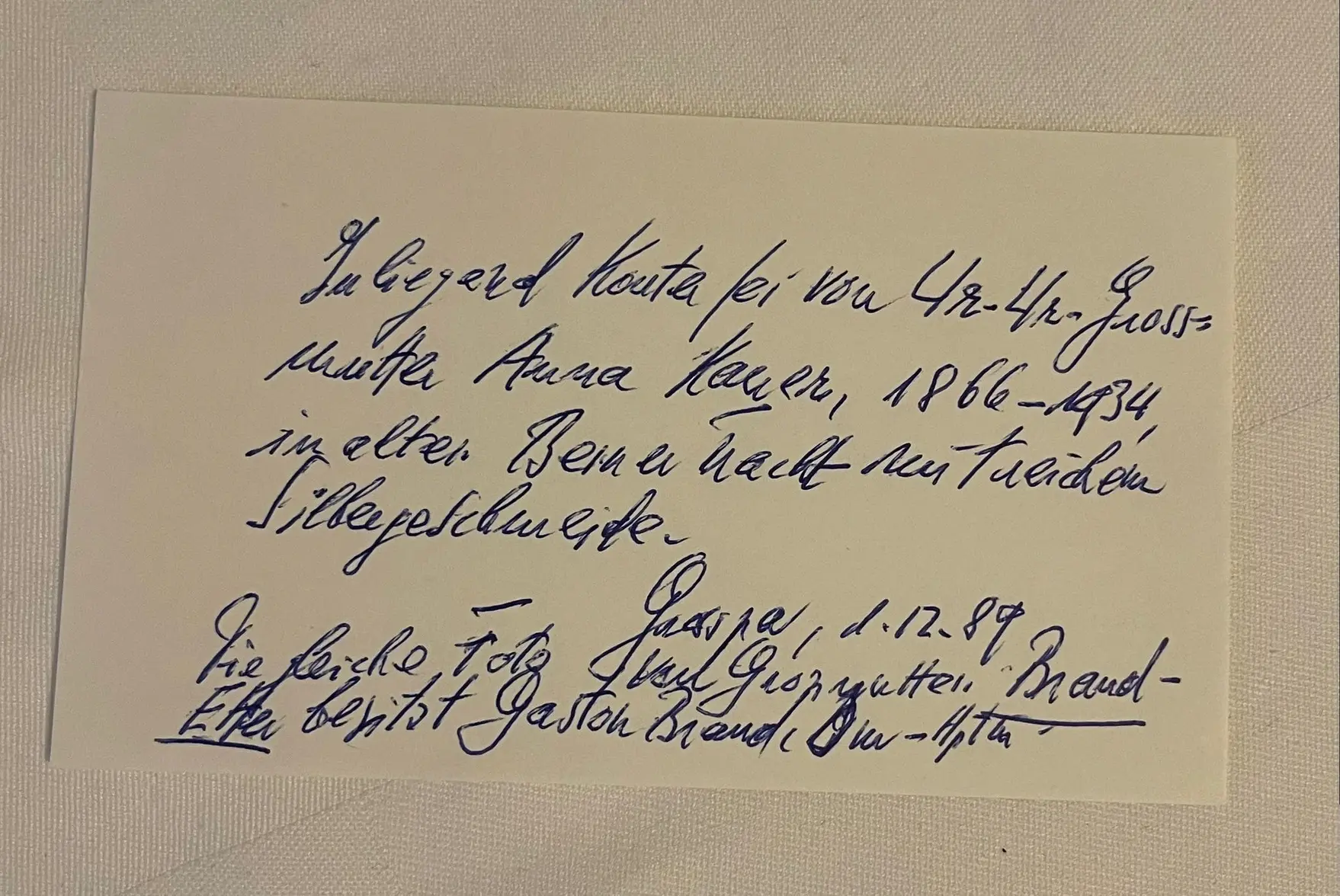chronos
·Hi there!
A couple of years ago I inherited this pocket watch and I was told that it belonged to my grandfather. As I didn’t have time to examine the watch thoroughly at that moment, I pretty much forgot about it.
Today I went to my watchmaker to pick up another (wrist-)watch that had some work to be done and I just grabbed the pocket watch when I went to the watchmaker to get it opened by him as I was scared to scratch it.
Once the pocket watch was opened, I saw the engraving „dedicated to the parents „Brand“ (family name), 1924“ (roughly translated…)
So I knew that the watch didn’t „just“ belong to my grandfather, as the family name Brand is the one of my great-great-grandparents. So it turned out that the watch belonged to/ was dedicated to them, it then was passed down to my grandfather who engraved the outside of the caseback with his initials which made me believe that it was in his possession only.
Now my questions: I don’t know anything about pocket watches nor Longines at all. But looking at the serial number, the watch seems to be from 1917/1918. Plus the engravings on the caseback match the number on the movement.
As the dial somehow looks too clean for a 107 year old watch and as I‘m a bit suspicious about the print on the dial:
Do you think it is a redial?
To be honest, I don‘t care at all if it’s a redial as it is an invaluable, inherited piece of family- related history to me, no matter what. But I‘m just curious.
Plus: there seems to be a baby tooth worked into the chain. Was that really a thing back then, do you have any infos about that? (Cf. last picture)
Thanks in advance!
Best, Stephan
Btw: My family and I are from Bern, Switzerland
Ps: And here‘s a picture from 1889, showing my great-great-grandmother.
A couple of years ago I inherited this pocket watch and I was told that it belonged to my grandfather. As I didn’t have time to examine the watch thoroughly at that moment, I pretty much forgot about it.
Today I went to my watchmaker to pick up another (wrist-)watch that had some work to be done and I just grabbed the pocket watch when I went to the watchmaker to get it opened by him as I was scared to scratch it.
Once the pocket watch was opened, I saw the engraving „dedicated to the parents „Brand“ (family name), 1924“ (roughly translated…)
So I knew that the watch didn’t „just“ belong to my grandfather, as the family name Brand is the one of my great-great-grandparents. So it turned out that the watch belonged to/ was dedicated to them, it then was passed down to my grandfather who engraved the outside of the caseback with his initials which made me believe that it was in his possession only.
Now my questions: I don’t know anything about pocket watches nor Longines at all. But looking at the serial number, the watch seems to be from 1917/1918. Plus the engravings on the caseback match the number on the movement.
As the dial somehow looks too clean for a 107 year old watch and as I‘m a bit suspicious about the print on the dial:
Do you think it is a redial?
To be honest, I don‘t care at all if it’s a redial as it is an invaluable, inherited piece of family- related history to me, no matter what. But I‘m just curious.
Plus: there seems to be a baby tooth worked into the chain. Was that really a thing back then, do you have any infos about that? (Cf. last picture)
Thanks in advance!
Best, Stephan
Btw: My family and I are from Bern, Switzerland
Ps: And here‘s a picture from 1889, showing my great-great-grandmother.
Edited:
